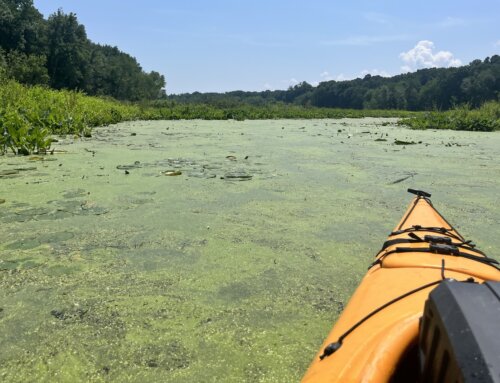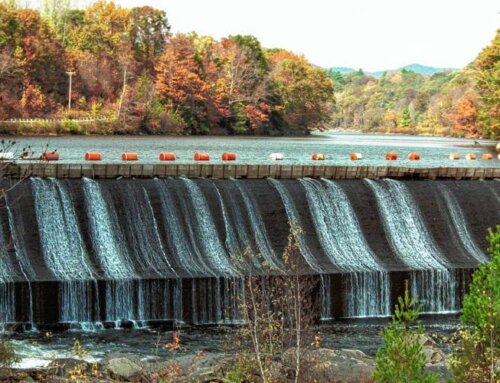UNITED STATES OF AMERICA
FEDERAL ENERGY REGULATORY COMMISSION
In Re)) TransCanada Hydro Northeast Inc.
Project No. 1892, Project No. 1855, Project No. 1904
______________________________________________________________________________
Comments of the Connecticut River Watershed Council
on the above referenced FERC project studies
Statement of Interest
The Connecticut River Watershed Council is a four state nonprofit membership organization that has an interest in protecting environmental values that directly and indirectly support the State, regional and local economies and quality of life in the project area.
The interests and goals represented by CRC for these projects include improving water quality; enhancing habitat for fish and other aquatic biota; safeguarding and improving wildlife habitat; protecting threatened and endangered species; protecting wetlands; protecting shorelands from erosion and the resulting sedimentation of the river bottom.
CRC interests include enhancing public recreation; protecting aesthetic values; protecting archeological, cultural, and historical resources; fostering sustainable economic development and preserving the local tax base; and maintaining the potential energy benefits of relicensing these hydroelectric projects on the Connecticut River.
General
CRC has commented on relevant study plans submitted to date to FERC. There has been no response from FERC on any of our comments. Yes, we have gotten responses of a sort from the project owner but that does not seem how FERC envisioned the ILP the process to work. The expectation put forward in the ILP process is that FERC will actively participate in study plan development, review and comment on the plans. That is not happening in this proceeding.
Study 8
CRC endorses the Vermont Agency of Natural Resources comments on this study. CRC cannot fathom how one can do a study about erosion and not talk about embeddedness. Embeddedness is the tool to evaluate the suitability of the substrate as habitat for aquatic organisms. This is especially true given the overwhelming presence of silt bottom areas.
Study 13
CRC continues to hear from local fishers that egg masses are routinely left stranded when generation takes place at the power stations, especially the Bellows Falls facility. There is some discussion that egg laying could have taken place during high water events and that the normal lowering of the water level along with the drawdown due to generation could cause desiccation of egg masses. That claim has not been tested. It should be. It is important to know whether there are multiple reasons for egg losses or it is generation of the facilities.
CRC has previously filed comments on the study.
Study 17
CRC endorses the Vermont Agency of Natural Resources position that without evaluation of the effectiveness of the fish ladders there can be no real understanding of the value of the fish ladder to riverine resident species of fish.
Study 23
CRC agrees with the Vermont Agency of Natural Resources that the spacing on the trash racks is too large and was not the focus of the study so TransCanada needs to undertake additional work to answer the question the study was designed to address.
CRC endorses the findings provided by the US Fish and Wildlife Service.
Study 33
The Cultural Heritage study seemingly relies on documents that are not available to stakeholders. CRC is interested on behalf of the Brattleboro Historical Society about Fort Dummer, an historic site that is now buried under the reservoir behind the Vernon Dam. It is our second hand understanding that the site has been incorporated into one of the historic documents but we have no idea which study or field assessment it appears in and no idea of what TC plans to do about the Brattleboro concern. We heartily endorse John Mudge’s critique of this situation. You cannot comment on what you cannot read!
CRC would like to thank FERC for the opportunity to comment on these studies. The balance of the other studies we have already commented on or find that they provide sufficient information
David L. Deen River Steward
Connecticut River Watershed Council







